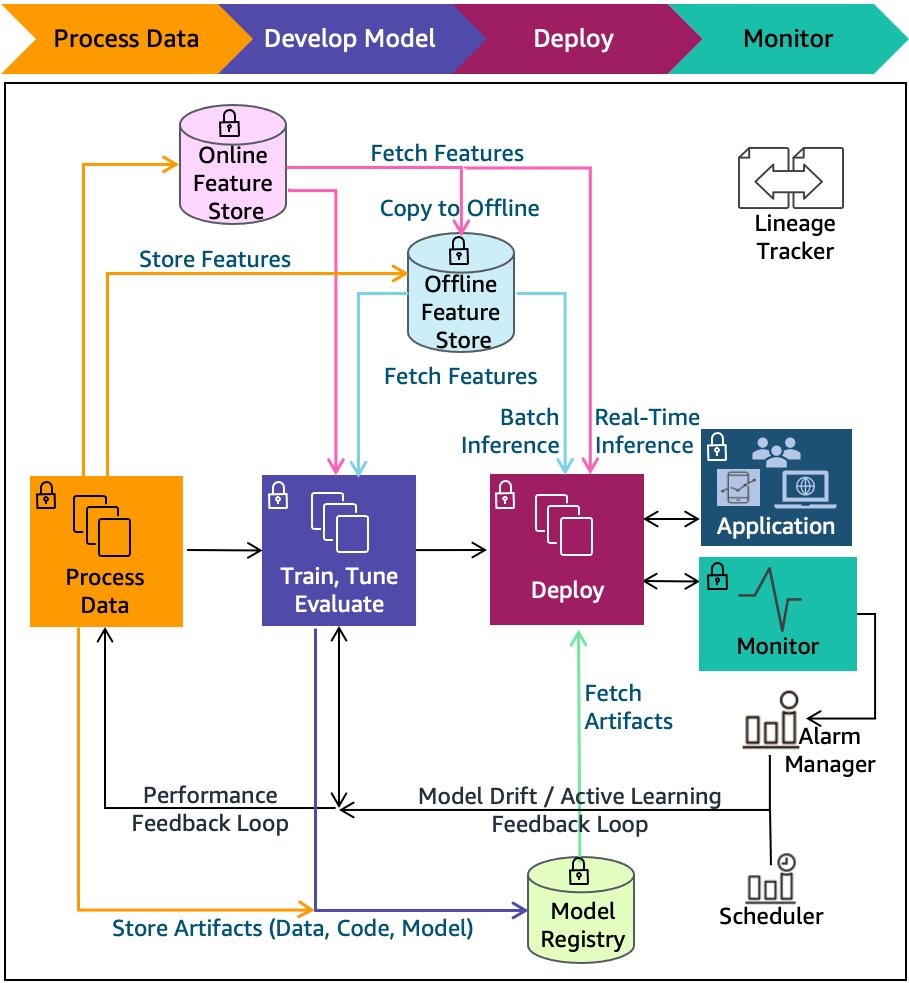Post Syndicated from Luca Mezzalira original https://aws.amazon.com/blogs/architecture/lets-architect-designing-well-architected-systems/
Amazon’s CTO Werner Vogels says, “Everything fails, all the time”. This means we should design with failure in mind and assume that something unpredictable could happen.
The AWS Well-Architected Framework is designed to help you prepare your workload for failure. It describes key concepts, design principles, and architectural best practices for designing and running workloads in the cloud. Using this tool regularly will help you gain awareness of the status of your workloads and is in place to improve any workload deployed inside your AWS accounts.
In this edition of Let’s Architect!, we’ve collected solutions and articles that will help you understand the value behind the Well-Architected Framework and how to implement it in your software development lifecycle.
AWS Well-Architected Framework
AWS Well-Architected (AWS WA) helps cloud architects build secure, high-performing, resilient, and efficient infrastructure for a variety of applications and workloads. Built around six pillars—operational excellence, security, reliability, performance efficiency, cost optimization, and sustainability—AWS WA provides a consistent approach for customers and partners to evaluate architectures and implement scalable designs.
The AWS WA Framework includes domain-specific lenses, hands-on labs, and the AWS Well-Architected Tool. The AWS Well-Architected Tool (AWS WA Tool), available at no cost in the AWS Management Console, provides a mechanism for regularly evaluating workloads, identifying high-risk issues, and recording improvements.
Use templated answers to perform Well-Architected reviews at scale
For larger customers, performing AWS WA reviews often involves a combination of different teams. Coordinating participants from each team in order to perform a review increases the time taken and is expensive. In a large organization, there are often hundreds of AWS accounts where teams can store review documents, which means there is no way to quickly identify risks or spot common issues or trends that could influence improvements.
To address this, this blog post offers a solution to help you perform reviews easier and faster. It allows workload owners to automatically populate their reviews with templated answers to questions in the AWS WA Tool. These answers may be a shared responsibility between an application team and a centralized team such as platform, security, or finance. This way, application teams have fewer questions to answer and centralized team members have fewer reviews to attend, because answers that are common to all workloads are pre-populated in workload reviews. The solution also provides centralized reporting to provide a centralized view of AWS WA reviews conducted across the organization.
Machine Learning Lens
Machine learning (ML) is used to solve specific business problems and influence revenue. However, moving from experimentation (where scientists design ML models and explore applications) to a production scenario (where ML is used to generate value for the business) can present some challenges. For example, how do you create repeatable experiments? How do you increase automation in the deployment process? How do you deploy my model and monitor the performance?
This blog post and its companion whitepaper provide best practices based on AWS WA for each phase of putting ML into production, including formulating the problem and approaches for monitoring a model’s performance.
Establishing Feedback Loops Based on the AWS Well-Architected Framework Review
When you perform an AWS WA review using the AWS WA Tool, you’ll answer a set of questions. The tool then provides gives recommendations to improve your workloads.
To apply these recommendations effectively, you must 1) define how you’ll apply them, 2) create systems to define what is monitored and which kind of metrics or logs are required, 3) establish automatic or manual process and for reporting, and 4) improve them through iteration. This process is called a feedback loop.
This blog post shows you how to iteratively improve your overall architecture with feedback loops based on the results of the AWS WA review.
See you next time!
Thanks for reading! See you in a couple of weeks when we discuss strategies for running serverless applications on AWS.
Other posts in this series
- Let’s Architect! Using open-source technologies on AWS
- Let’s Architect! Architecting for Sustainability
- Let’s Architect! Architecting for Machine Learning
- Let’s Architect! Architecting for Security
- Let’s Architect! Tools for Cloud Architects
- Let’s Architect! Architecting for Blockchain
- Let’s Architect! Architecting microservices with containers
- Let’s Architect! Serverless architecture on AWS
- Let’s Architect! Creating resilient architecture
- Let’s Architect! Architecting for governance and management
- Let’s Architect! Architecting for front end
- Let’s Architect! Understanding the build versus buy dilemma
- Let’s Architect! Architecting for DevOps
Looking for more architecture content?
AWS Architecture Center provides reference architecture diagrams, vetted architecture solutions, Well-Architected best practices, patterns, icons, and more!



